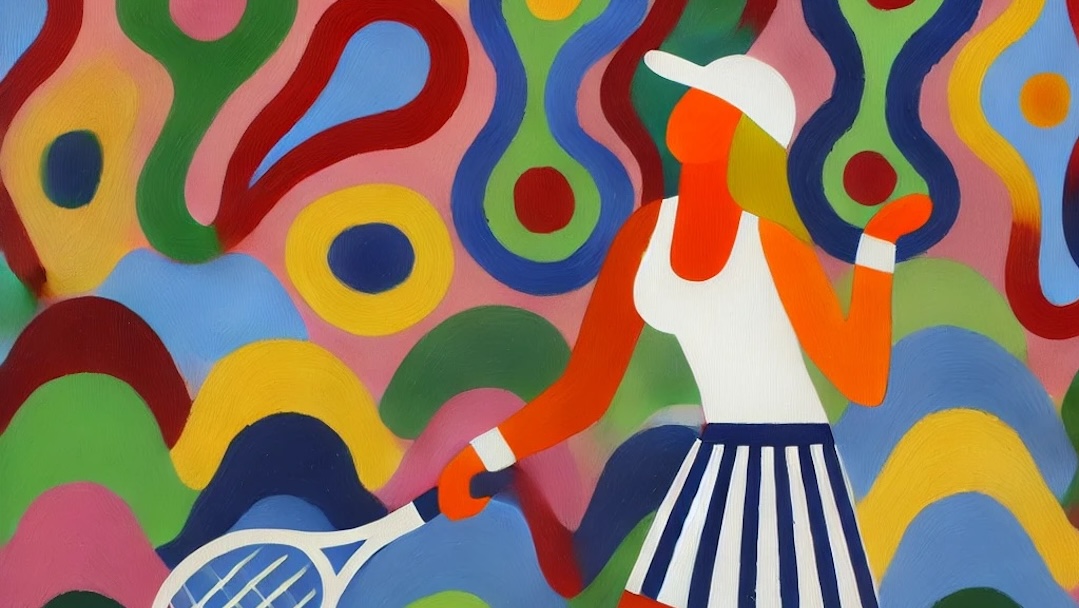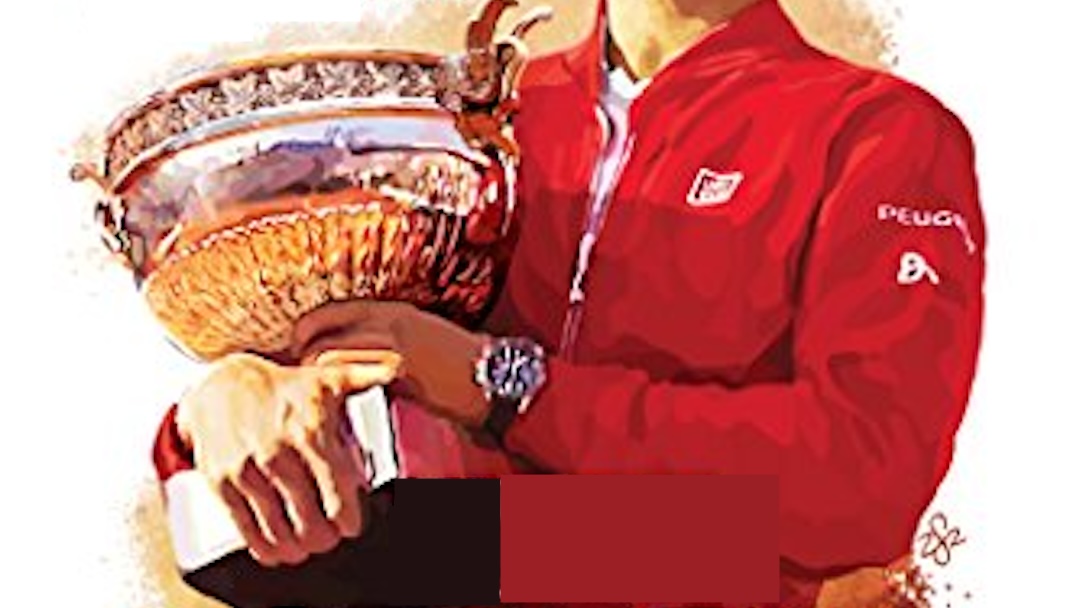The last Thursday of the calendar year is when I traditionally review a book that has nothing to do with tennis. However, the book I have selected for this year has a lot of good ideas to inform our engagement with the sport once you take a deeper look. In fact, this book will be the subject of monthly tennis-specific posts inspired by each chapter of the book. Those posts will run on the first full weekend of each month throughout 2025.
Gretchen Rubin’s The Happiness Project is a delightful and insightful account of her year-long personal project to cultivate happiness through small, intentional changes in her daily life. In the process, she discovered powerful takeaways that should resonate deeply with most people. While this book isn’t specifically written for athletes, it offers useful insight for tennis players looking to be happier within the sport. That, in turn, can enhance mental and physical performance. Happiness is a critical success factor for playing tennis well.
Rubin’s premise of the project was simple yet profound. Although she wasn’t unhappy, she was concerned that she could be happier with some intentional effort. What resulted was a year-long experiment constructed as a series of monthly focus areas. Many of the things she tried can be directly applied to tennis. Even outside teh sport, we can all benefit from Rubin’s example of prioritizing those things that bring joy, energy, and satisfaction.
One of the book’s central themes, boosting energy, will immediately strike a chord with athletes. Rubin emphasizes the importance of physical vitality, which can translate to prioritizing rest, nutrition, and exercise. For tennis players, these factors are vital for peak performance. The emphasis on small, consistent changes, such as getting enough sleep or staying hydrated, mirrors the incremental improvements tennis players strive for in their training routines.
Rubin’s focus on mindfulness and gratitude offers valuable lessons for managing the mental side of tennis. Players often struggle with the pressures of competition and the emotional rollercoaster of wins and losses. Rubin’s practice of keeping a gratitude journal and consciously savoring moments of joy can help tennis players reframe setbacks and stay grounded. Instead of obsessing over a lost match or a missed shot, players can learn to appreciate the progress they’ve made or the sheer joy of playing the sport they love.
Rubin also metes out advice on building stronger relationships. Tennis, whether singles or doubles, often requires effective communication and a sense of camaraderie. The insights into nurturing connection, expressing appreciation, and avoiding unnecessary conflict can enhance relationships with coaches, teammates, and even rivals.
Perhaps most relevant is Rubin’s principle of pursuing passions. Tennis players, whether recreational or professional, can sometimes lose sight of the joy that brought them to the sport in the first place. Rubin’s story reminds readers to reconnect with what truly makes them happy and to approach their passions with curiosity and enthusiasm. This mindset can reignite a player’s love for tennis and help them play with greater purpose.
While Rubin’s journey is specific to her unique circumstances, which have absolutely nothing to do with tennis, following along with her personal journey of self-improvement is still relevant to the sport. Tennis players can leverage the emphasis on small, actionable steps to create big results. The Happiness Project offers ideas that can be scaled to fit any player’s life.
In the end, The Happiness Project is a warm and inspiring read for anyone looking to create a more joyful and fulfilling life. For tennis players, it serves as a gentle reminder that the game isn’t just about winning. It’s also about the moments of growth that make the journey worthwhile. Rubin’s approach can help tennis players find happiness not just on the court but in all aspects of their lives.
Fiend At Court participates in the Amazon associates program and receives a paid commission on any purchases made via the links in this article. Details on the disposition of proceeds are available on the “About Fiend at Court” page.




